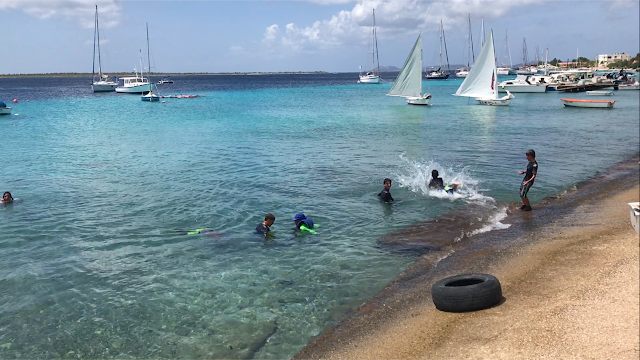Earthing, also known as grounding – it’s something I hadn’t
heard of until a time when I was sick for a long time not knowing what was
wrong. A friend of mine who’s a doctor, asked me if I’d tried earthing, and
said she thought it might be helpful, and it certainly couldn’t hurt. At the
time I was desperate to feel better and so I looked into it, but living in New
England, and being winter, it wasn’t practical to walk barefoot outdoors.
The idea of earthing is that there is an energy that emanates
from the earth, and it’s an electrical current. People who live close to the
earth, by having a lot of direct contact with earth, benefit from this energy
because it’s naturally healthy for our bodies. Being confined for a large part
of our lives in buildings and living indoors interferes with our contact with
the current and may not be so good for our health. There’s a company that sells
a device that transfers the current to a pad so you can do your earthing in
your home.
I bought the earthing pad, but to be honest, I didn’t notice
a difference and gave up on the idea. I was sick at the time which was later
diagnosed and treated, so maybe I just was too far from healthy to feel the
benefit. When I got better, I never went back to using the earthing pad so I
can’t comment it’s effectiveness, but, rather than using the device, you can
give yourself more contact with the earth for free by walking barefoot in the
yard or swimming in a pond. The problem is, living in New England, it’s just
too cold to be able to do that to an extent that would make a difference.
The more contact you have with the earth, the greater the
benefit to your health, so the you receive optimal benefit being in the water.
With the earth’s energy surrounding the entire surface of your skin, you can
absorb thousands times more energy than you can from walking on the earth in
your bare feet. Do you find it easier to
fall asleep on a day when you spent time in the water? Did you ever notice that
this effect of feeling tired, but relaxed and satisfied was not the as great if
you expended an equal amount of exercise on land? This could be why.
Fast forward, and years later, I’ve returned to good health
and I’m living on a Caribbean island. The big difference in my life is that I
spend a lot more time outdoors. I often have breezes on my skin, and I
certainly don’t have a need to take vitamin D supplements anymore. I swim in
the water regularly, and I do feel that there’s something about this that’s
giving me a great health benefit. It’s hard to describe, and impossible to
measure, but there’s no question in my mind that it’s significant to my well-being.
 |
| the boulevard |
The main town on this island has a boulevard that has a walkway that goes along the sea for a couple miles. All along the boulevard are steps and boat ramps into the turquoise sea. Towards day’s end, there’s a migration of locals heading to the area; there are runners and walkers, and swimmers who come down after work to get their exercise, as well as family members gathering to sit on the benches while children play in the water. It’s nice to often see disabled people taken to the water for some exercise, relaxation and fun.
 |
| the sea pool |
The sea pool is an area where the swim team regularly
practices where they set up pool-size boundaries for laps and water polo. It’s a
popular spot for people to enter the water because it’s one of the few sandy
entry points into the massive coral reef. I go to the sea pool almost every
day, and there’s usually other swimmers there. It seems like there’s a common
understanding among the people who go there that it’s more than just cooling
off from the heat of the day, we’re soaking in nourishment for our hearts and
souls. The people I’ve met there are wonderful, they’re friendly, happy, grateful,
and carrying a certain peace in the way they live their life. I have to say, based
on this experience, I firmly believe in the benefits of earthing.





























